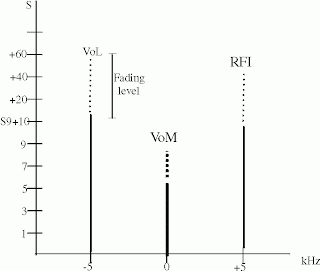Life in the malay kampungs of Kuching 50 years ago
Life in the Malay kampungs of Kuching 50 years
ago
One of the
less interesting books of my shack
I rewrite the back of the book here
This book written
50 years ago and reprinted on 2002 by
the Sarawakian part of the printing facilities of the University of Msia seems
as a printout of a Word file and
includes ca 90 pages in a format of 24.5 x 16.8 using a plasticized paper.
The language
is rather technical but
still easy to read , with some Malay words using in case there is nothing close to English , mostly used in italic form .
The
book consist of many drawings supposing
made by rapidos etc as that time there wsa no computer . all these drawings
show the respective points of the River Sarawak where these kampongs are located
IN the
first part the geo info are stated with morphology
(alluvial places )climate and vegetation
IN chapter 2 deals
with the population .There is a
short notice about the term Malay or Malaysian
and even about the local ethnicities migration . What is as mostly impressed
was the high death rating
Chapter 3
deals with the economic activities of
the population . There was a population of ca 1580 persons
tat time with ca 700 involved in labor and economics. There are also
several examples on how woodcutting
was made that time , the earnings as well as also a timeline of the most
important works of the area. I m impressed that they required
c 28 hours for gathering abt 4 tons of soil
gathered into their boats with ca
20 hours for expecting the tide. I really
wonder if today is easier to do this work . the price they earned
from this business was $10 (ringgit?
And how much is today ? and also what is
the adapted money for today? )
Surely very
hard work
Chapter 4
refers to the remain
economic activities as laboring ,
as for Chinese or te government , fishing , farming , rubber taping , shipping trading carpentry , gardening
and so on
Chapter 5
deals with the remain economic activities
, as income . Each kampong has a different
average income level
Chapter 6
deals again with the water supply and the problems happening
in the kampongs and the availability for water . Many times people get to gather water the traditional way . Water
Piping was available in a very limited
basis
Chapter 7
deals with the social geography describing information
for each kampong
Chapter
8 dle with the inside geography ie about the society . house design , lighting
,diseases diet , religion education and
the related
Surely this
book has a limited interest .MY most interesting
part was
on how the hard work referred in the chapter 3 . Hope that today cars and automotives replaced the traditional way



Comments
Post a Comment